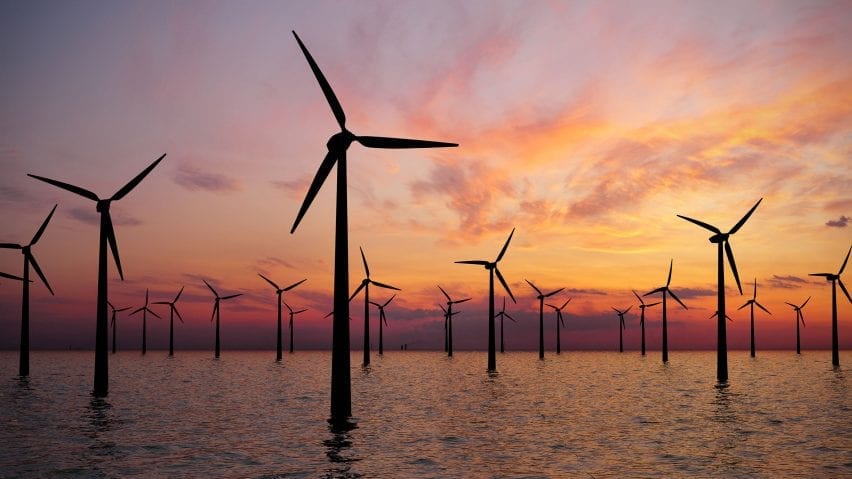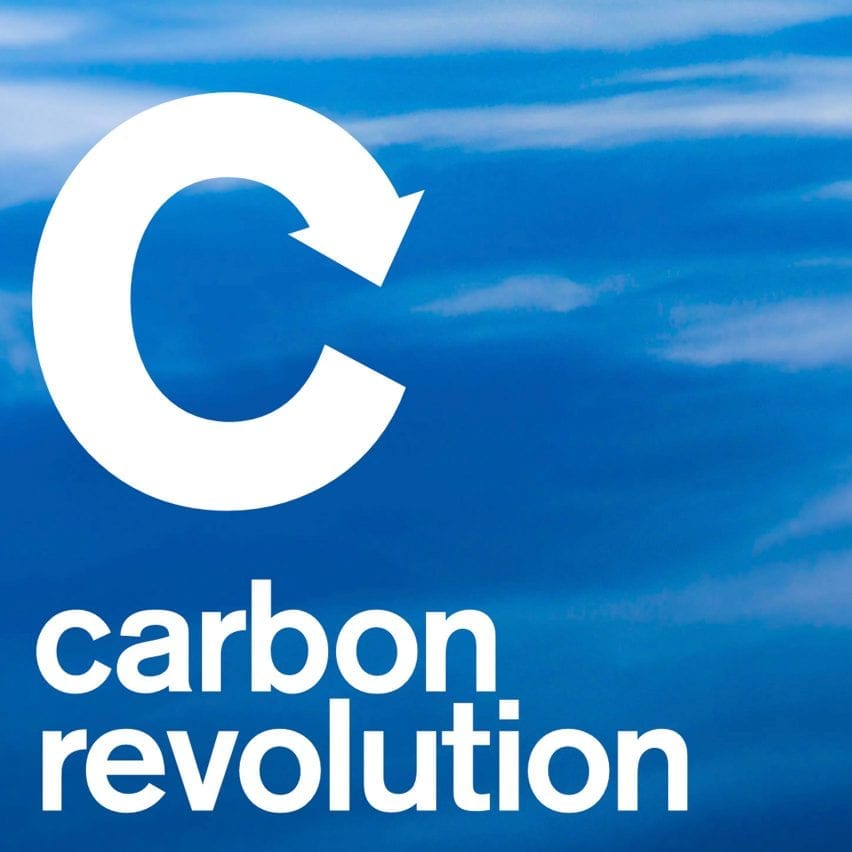
Explaining the difference between net-zero and carbon neutrality "is a challenge" says The Carbon Trust
Companies wanting to achieve net-zero carbon emissions are being hampered by confusing jargon and inaccurate information, according to UK organisation The Carbon Trust.
"We recognise making this accessible is a challenge, but equally this is a technical area and there is a risk of oversimplifying," said Diane Millis, communications manager at The Carbon Trust.
In particular, companies are struggling to understand the difference between net-zero and carbon neutrality, she said.
"Many companies and organisations are only just beginning to understand [that] net-zero is fundamentally different to carbon neutrality so there is a lot of information out there that isn’t accurate, unfortunately."
"Net-zero and carbon neutrality are quite different"
The Carbon Trust helps businesses, governments and organisations reduce their emissions.
Millis wrote to Dezeen after reading its guide to carbon, which included simplified definitions of both net-zero and carbon neutrality.
She said the statement in the guide that the two terms meant "more or less the same thing" was incorrect (the guide has since been updated).
"Net-zero and carbon neutrality are quite different," she wrote. "Net-zero is considered the benchmark standard for decarbonisation."
No internationally recognised standard for net-zero
Net-zero has become a global rallying cry in the race to tackle climate change.
"Put simply, net-zero means we are not adding new emissions to the atmosphere," says the United Nations, which is coordinating the global Race to Zero campaign.
"Emissions will continue, but will be balanced by absorbing an equivalent amount from the atmosphere."
However, there is no internationally recognised standard for net-zero, whereas carbon neutrality is defined by the PAS 2060 standard.
Race to Zero aligns with scientific targets to put the world on track to meet the climate goals set out in the landmark 2015 Paris Agreement. This aimed to limit global warming to 1.5 degrees Celsius above pre-industrial levels.
To achieve this, the entire global economy will need to become net-zero by 2050.
Net-zero considers emissions generated by the entire value chain
Net-zero is harder to achieve than carbon neutrality. One key difference is that net-zero involves eliminating indirect emissions generated by the entire value chain, which includes all suppliers and customers.
These emissions are known as Scope 3 emissions and include emissions generated by purchased goods and services, third-party distributors and "use of sold products", which means the emissions generated when customers use a company's products.
To become net-zero, a company must eliminate these emissions on top of its Scope 1 emissions, which are emissions it is directly responsible for, and Scope 2 emissions, which are emissions generated by "purchased electricity, heat and steam".
These emissions must be reduced on a timeline that is compatible with the 1.5 degree Celsius target of the Paris Agreement.
By contrast, carbon neutrality only covers Scope 1 and Scope 2 emissions.
Offsetting must permanently remove atmospheric carbon to achieve net-zero
A second key difference is that under net-zero, any residual emissions – emissions that prove impossible to eliminate – must be eliminated by purchasing greenhouse gas removals (GGRs) that permanently remove an equivalent amount of carbon from the atmosphere.
This can include afforestation "providing the trees remain in the ground for around 100 years," Millis said. It can also include "direct air carbon capture and storage, where emissions are physically removed from the atmosphere".
Carbon neutrality, by contrast, allows residual emissions to be dealt with by purchasing offsets that lead to carbon reductions or efficiencies.
"There is work to be done to raise general knowledge in this area so people are better able to identify meaningful action and targets," Millis said. "It may not be easy to simplify entirely, so hence we need to explain what terms mean."
Companies that have set net-zero targets include Danish furniture brand Takt, which expects to achieve the benchmark within two or three years.
Earlier this year, the Intenational Energy Agency said achieving net-zero emissions by 2050 is "the greatest challenge humanity has ever faced".

Carbon revolution
This article is part of Dezeen's carbon revolution series, which explores how this miracle material could be removed from the atmosphere and put to use on earth. Read all the content at: www.dezeen.com/carbon.
The sky photograph used in the carbon revolution graphic is by Taylor van Riper via Unsplash.